The main museum that we visited on that day, the National Palace Museum (國立故宮博物院) from the outside, designed as a fusion of 1960s architecture combined with traditional Chinese architecture.
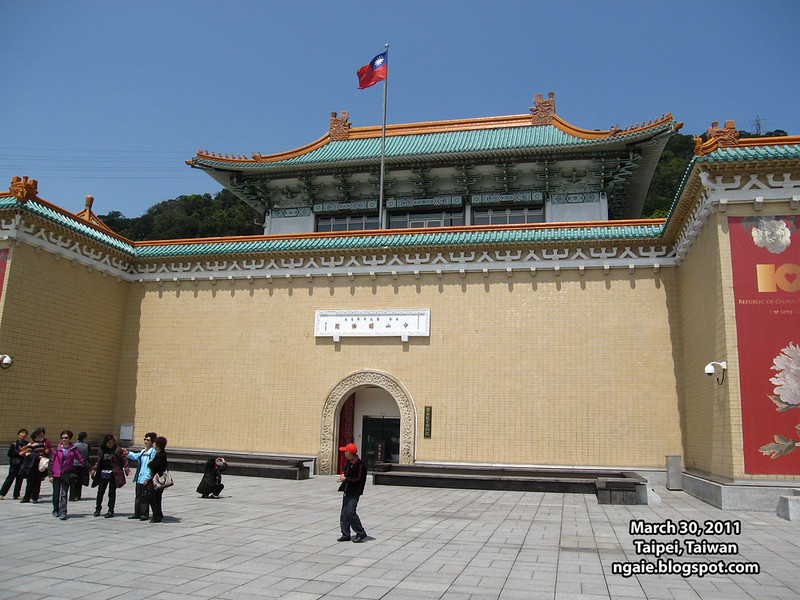
A map of the places we visited on that day.
View 2011-03-30 Taipei in a larger map
The first place we visited was the National Palace Museum in the suburbs of Taipei. This is cited as one of the "must visit" attractions in every tourist guidebook on Taiwan.
The National Palace Museum has a very interesting history. Basically, it houses the national treasures and artifacts of China which originally belonged to the imperial dynasties. During the Chinese Civil War in 1945 to 1949, the national treasures were loaded into crates and moved around mainland China to avoid the Communist Chinese advances and eventually ended up in Taipei when the Chinese Nationalist Party (Kuomingtang) lost control of the entire mainland area to the Chinese Communist Party.
The Chinese Nationalist Party planned to "retake the mainland" in the early days of exile in Taiwan but as this looked more and more unfeasible, they built this museum in the 1960s to exhibit and display all the national treasures of China. So, the majority of the best artworks and treasures from China cannot be seen on mainland China but in Taiwan!
The traditional Chinese archway with the interesting "tropical" colour scheme.
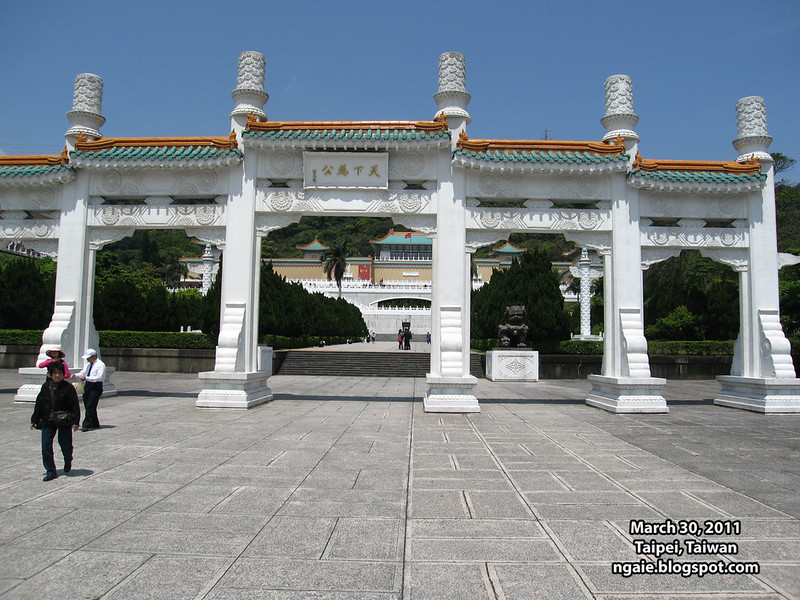
The grand imperial style entryway to the museum.

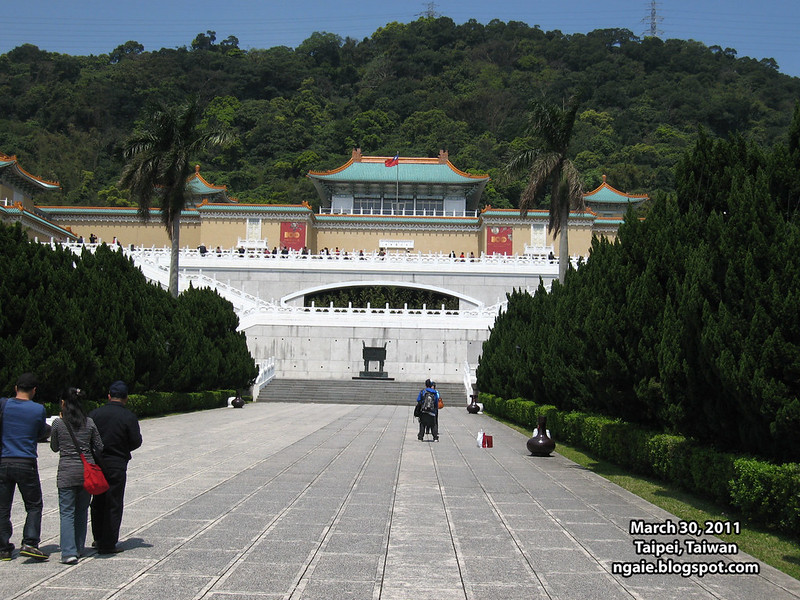
I have no idea what this thing is called but it seems to be an important part of traditional Chinese architecture.
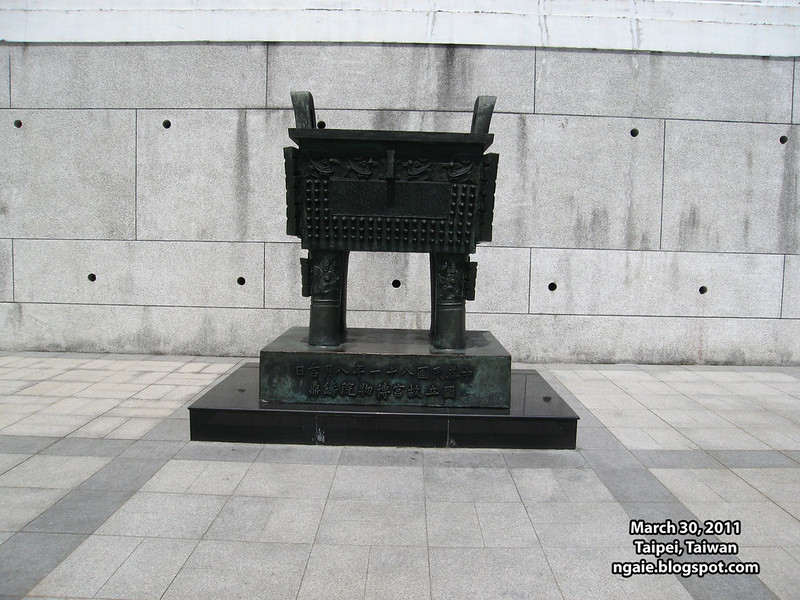
The view of the museum grounds from the museum building. Maybe those ugly apartment buildings directly in front of the museum shouldn't have been built?
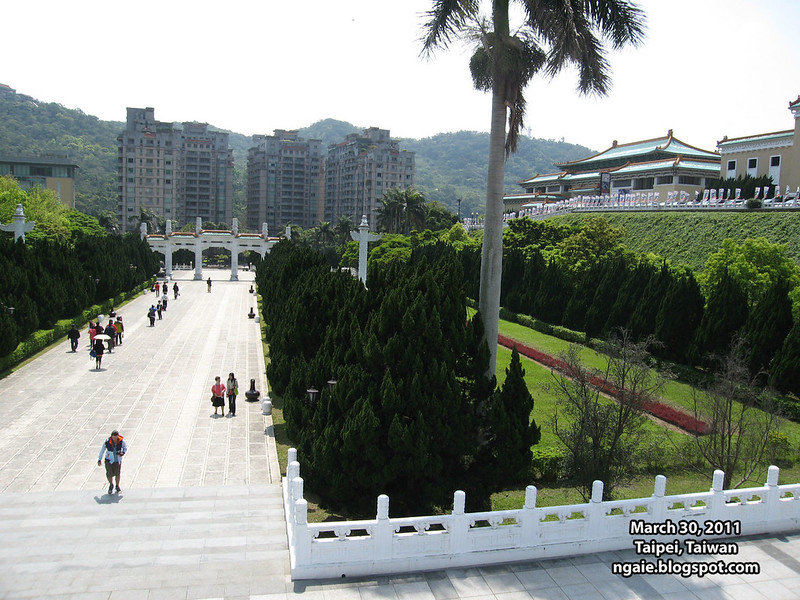
The main museum building. Actually the museum and archives extends into the mountain.


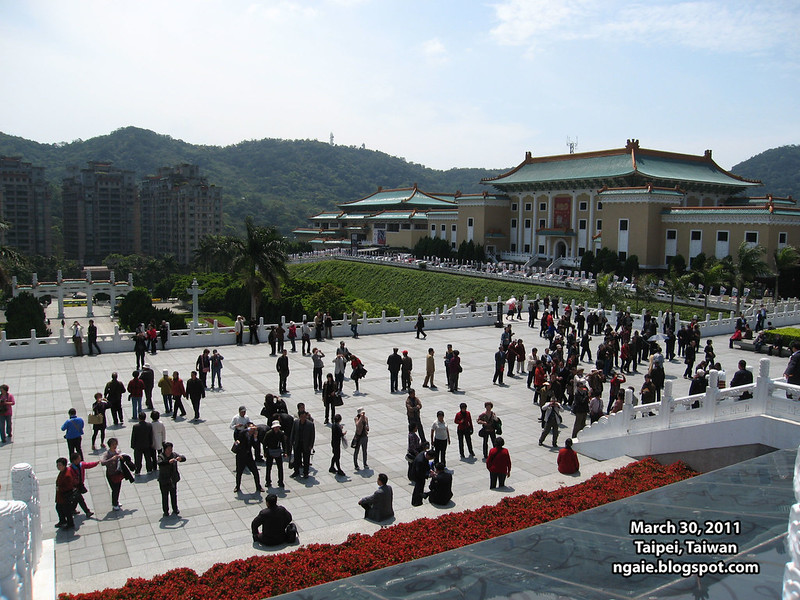
The only interior photo I could take. Unlike a majority of museums elsewhere, photos were strictly prohibited, which means if you want to see the national treasures of China, you have to come visit Taipei!
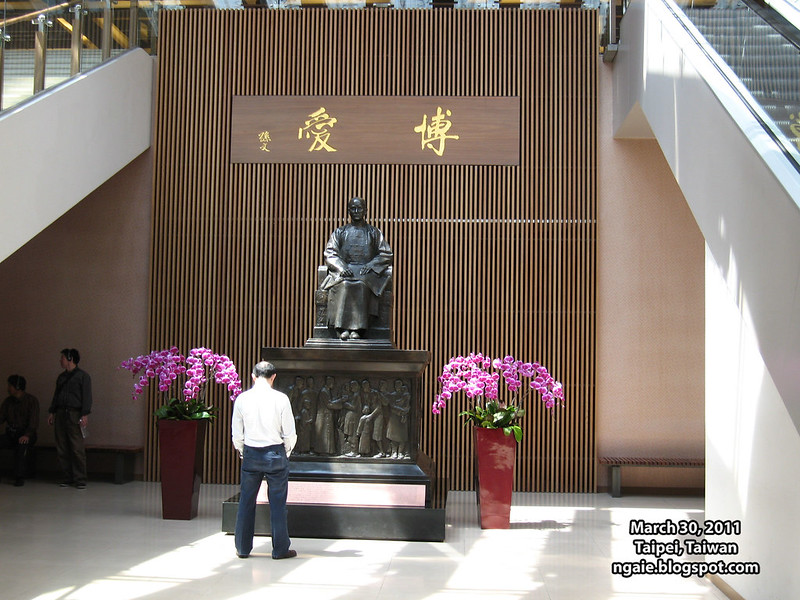
Some of the artifacts available for viewing at the National Palace Museum as illustrated on the tickets.
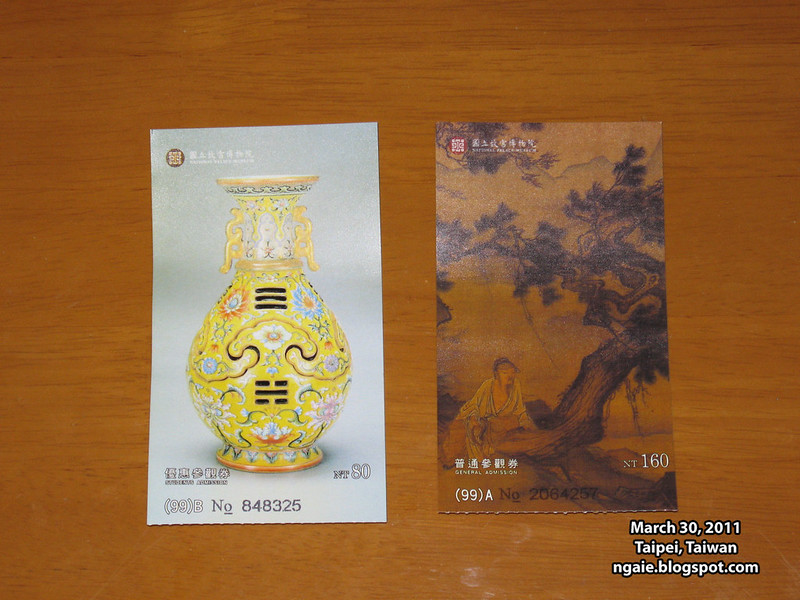
The museum is tremendously popular among mainland Chinese tourists (for the reasons mentioned above), however, the average mainland Chinese tourist does not seem to understand or know the international etiquette of visiting museums or "touristing" in general, so, in the museum, there were signs like this everywhere. In addition, they hired people to walk and stand around exhibits holding the same signs in order to try to enforce this "international etiquette". Alas, it was generally unsuccessful, as people talked loudly and tried to sneak in a couple of photos here and there!
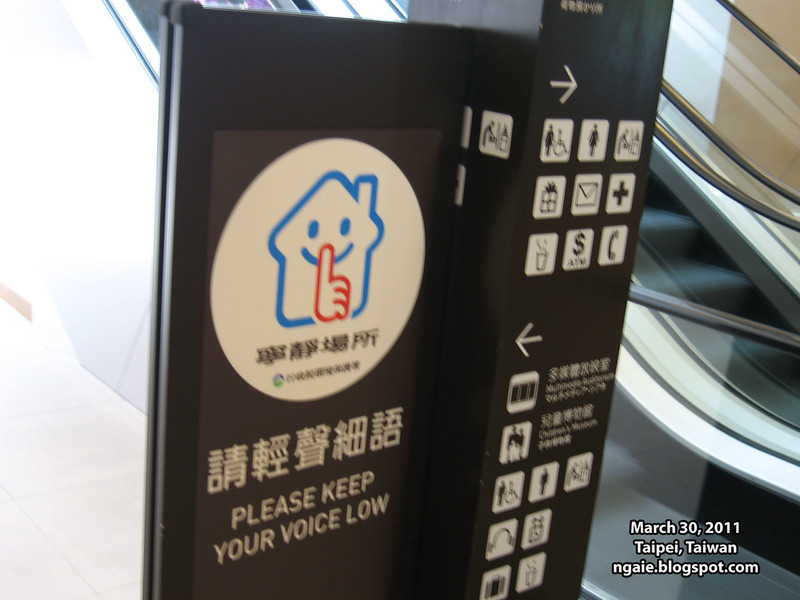
I am not really a big fan of traditional Chinese art and artworks and I still managed to spend 2-3 hours looking around at the National Palace Museum. So that means that the tourist guidebooks are right and it indeed is a "must see" attraction in Taipei.
Next, since we were in the immediate area, we visited the former official residence (Shilin Official Residence, 士林官邸) of President Chiang Kai-shek, the Chinese Nationalist Party leader who lost the mainland area to the Communists and retreated to Taiwan with the national treasures of China.
Of course, one of the major things they love to display is the former leader's cars, a Cadillac.

The path surrounded by greenery leading to the residence.
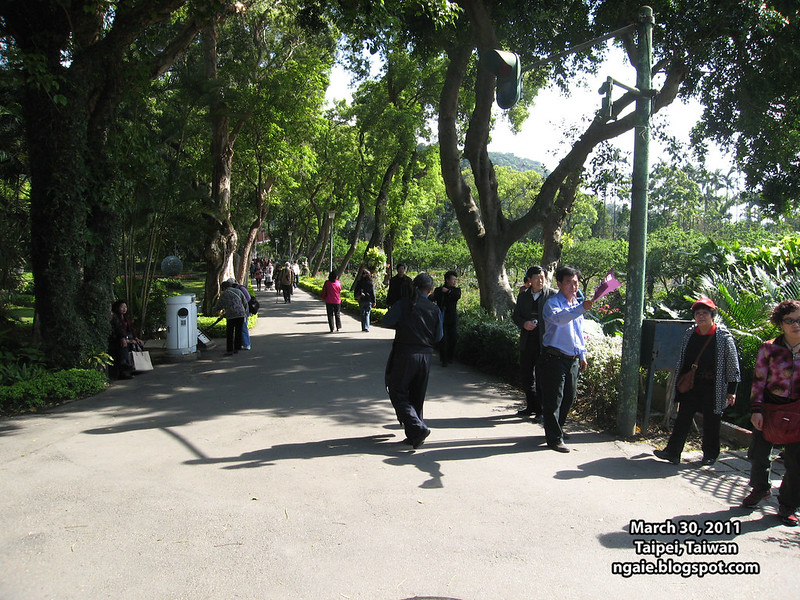
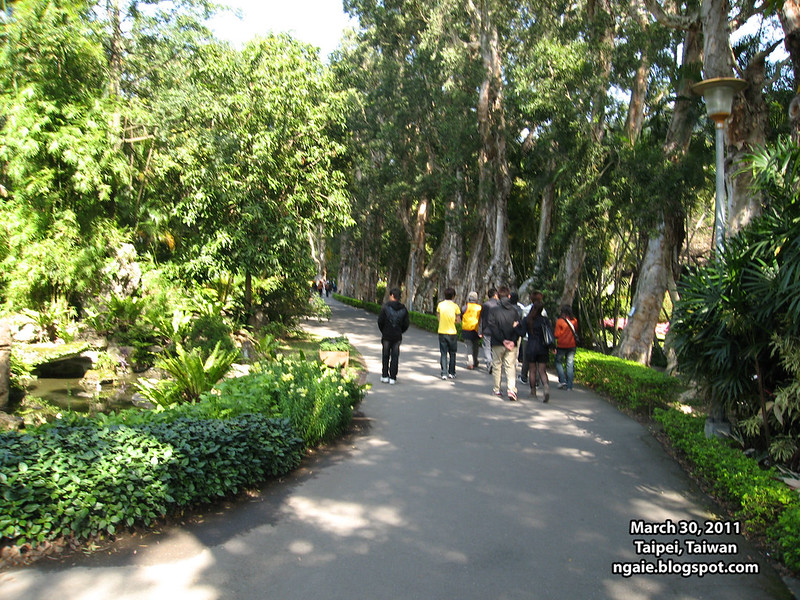
Line up for the official tour of the residence. Unfortunately, like the National Palace Museum, we were not allowed to take photos inside.
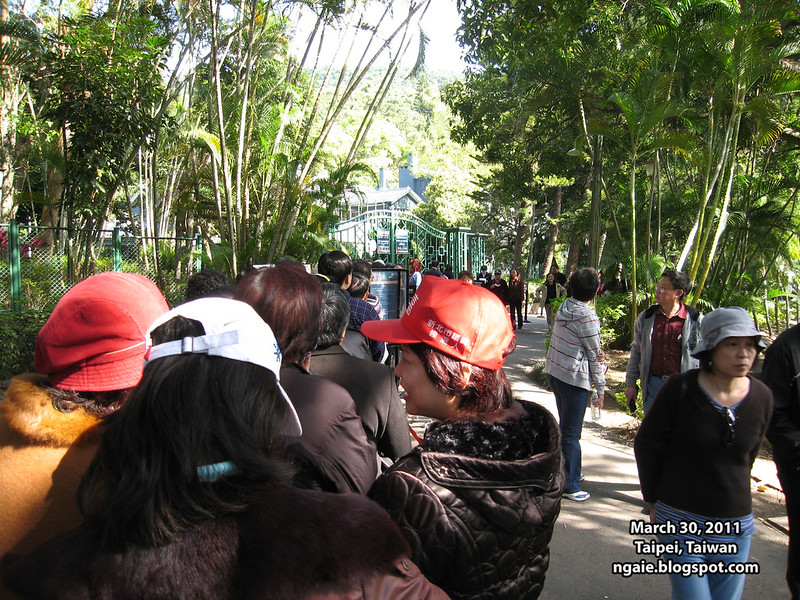
I didn't think that the residence looked that impressive, compared with the monumental buildings that the former President was building at the time. It looked like an ordinary large house to me.

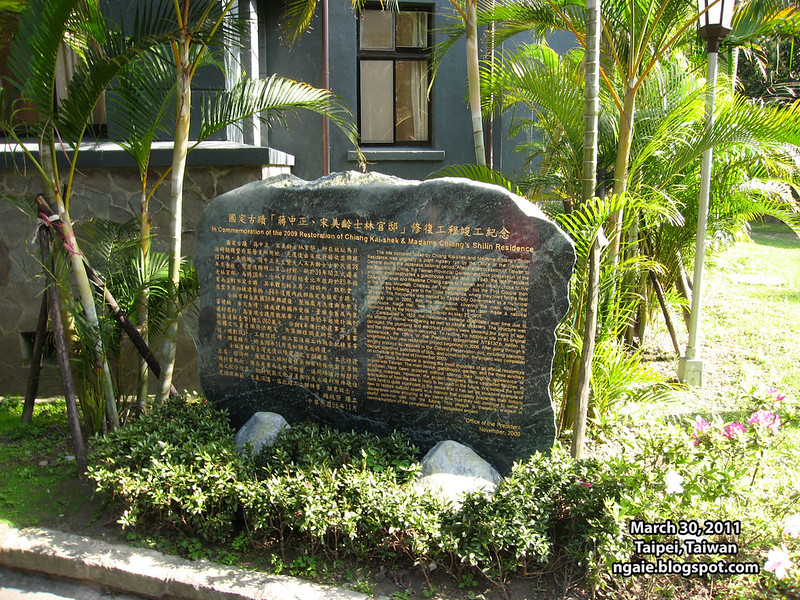
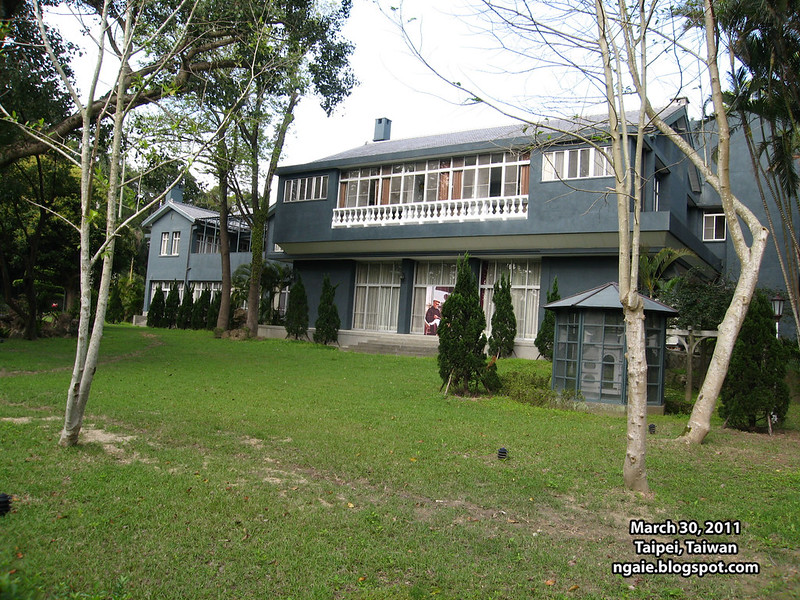
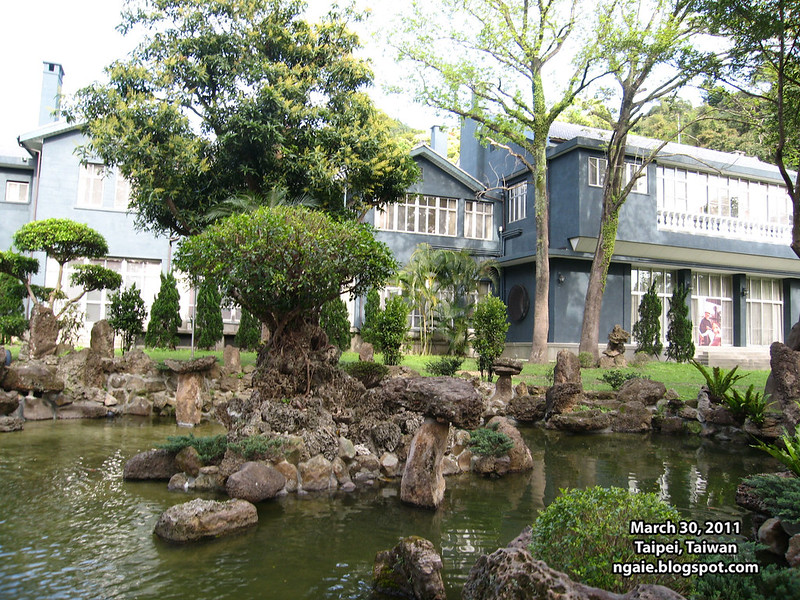
Afterwards in the late afternoon, we headed back to the central area of Taipei to explore Dihua Street (迪化街), one of the oldest commercial streets of Taipei which currently sells mostly Chinese medicinal herbs and traditional Chinese dried food products.

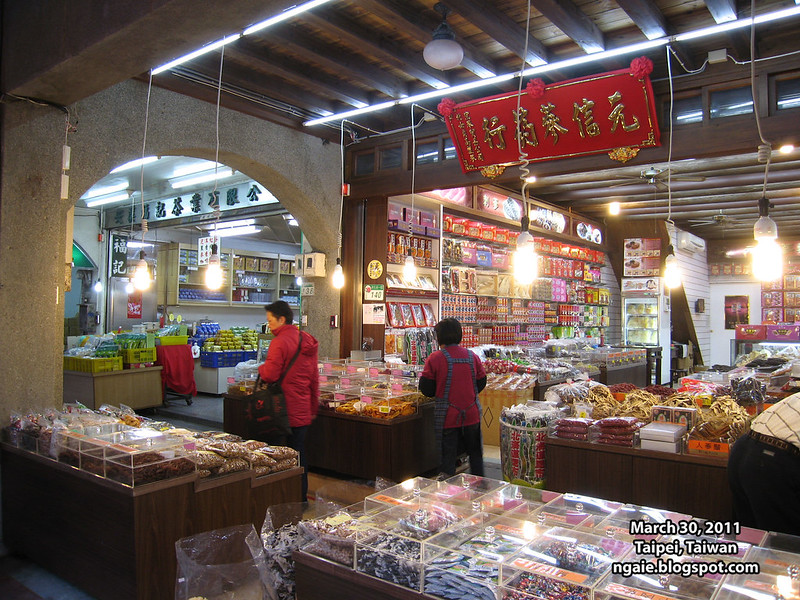
By this time it was getting dark so we headed to the nearby Ningxia Street Night Market to check it out.
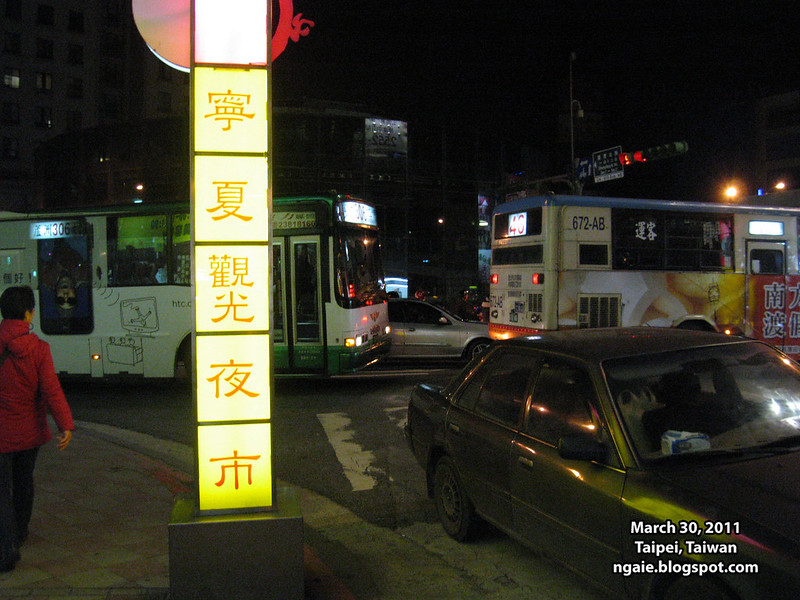
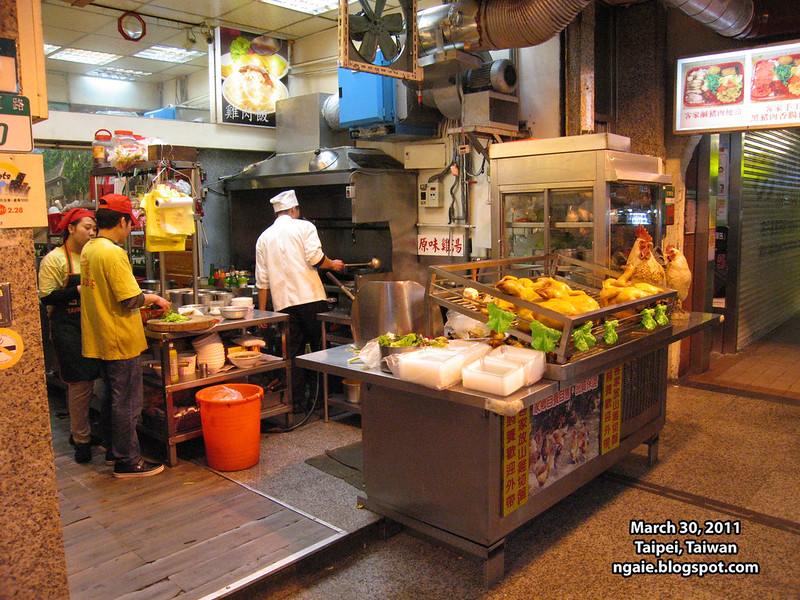
This shop specializes in turkey.

A giant raw (?) turkey just sitting on the counter.
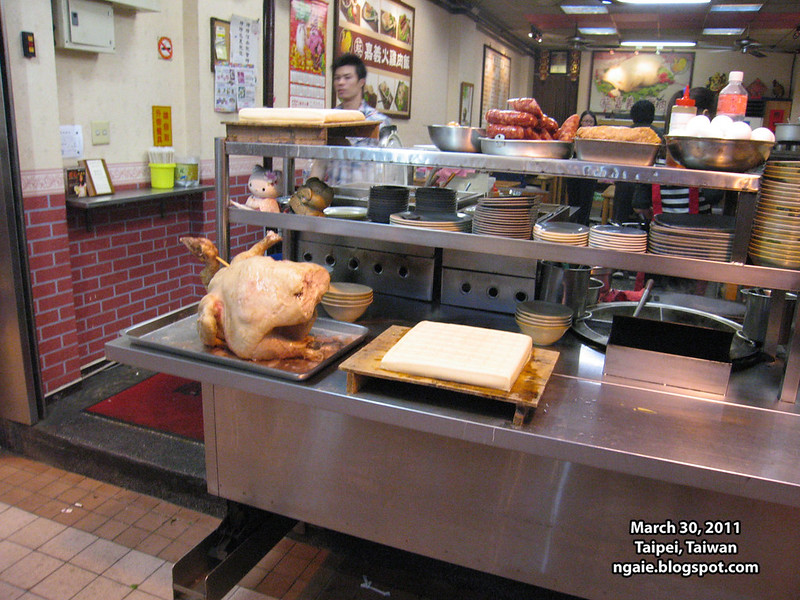
Typical street food stalls at the night market.
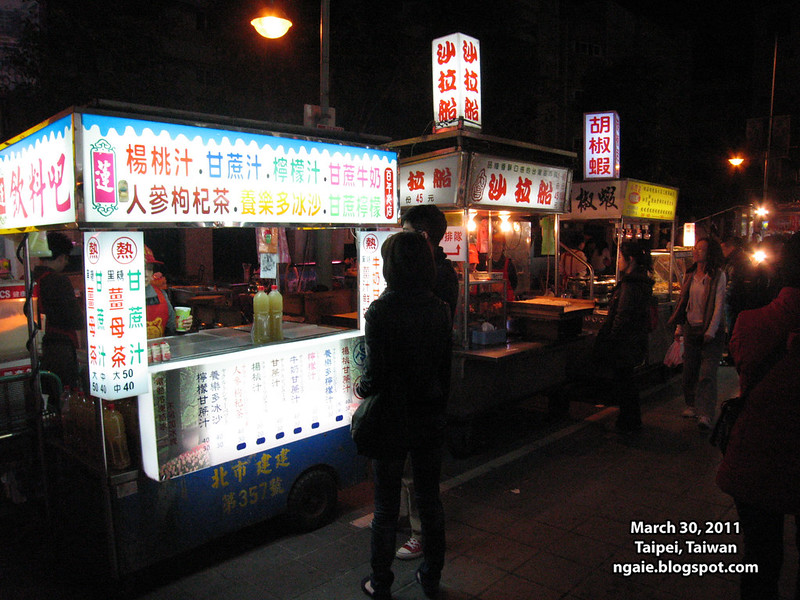
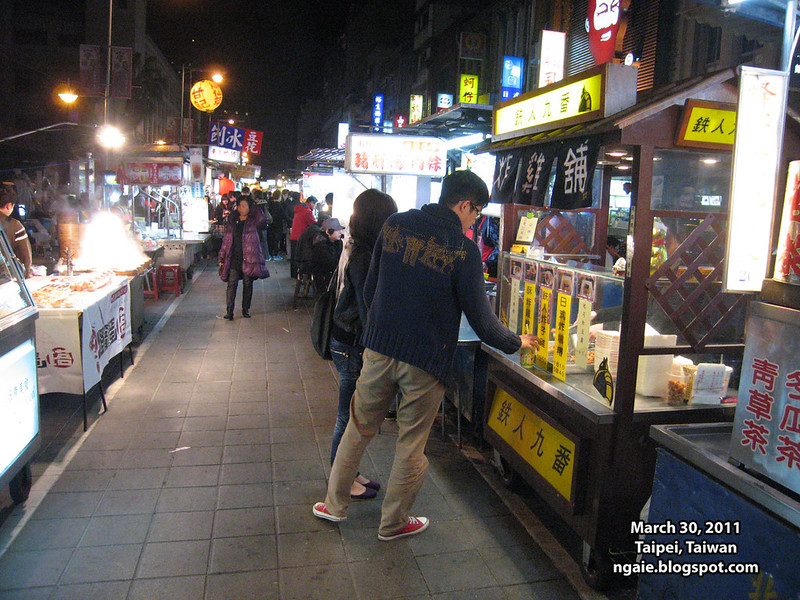
The food ranged from dim sum...
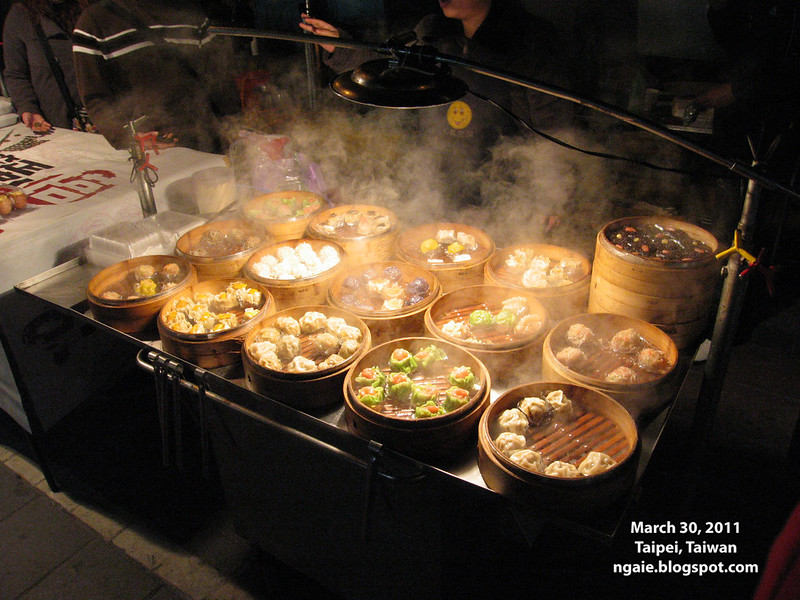
...to braised duck heads...
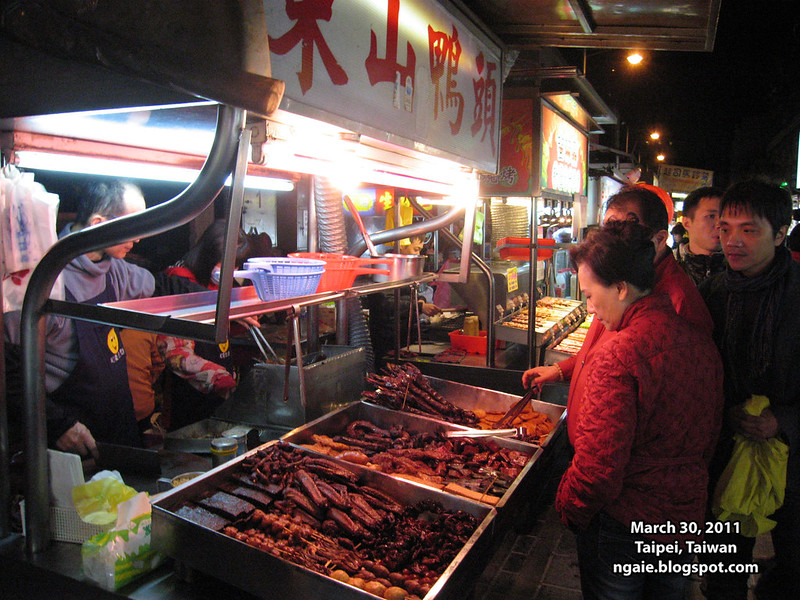
...to cheese potatoes...

...to geese meat...

...to stir fried food, cooked in front of you, or at the back...
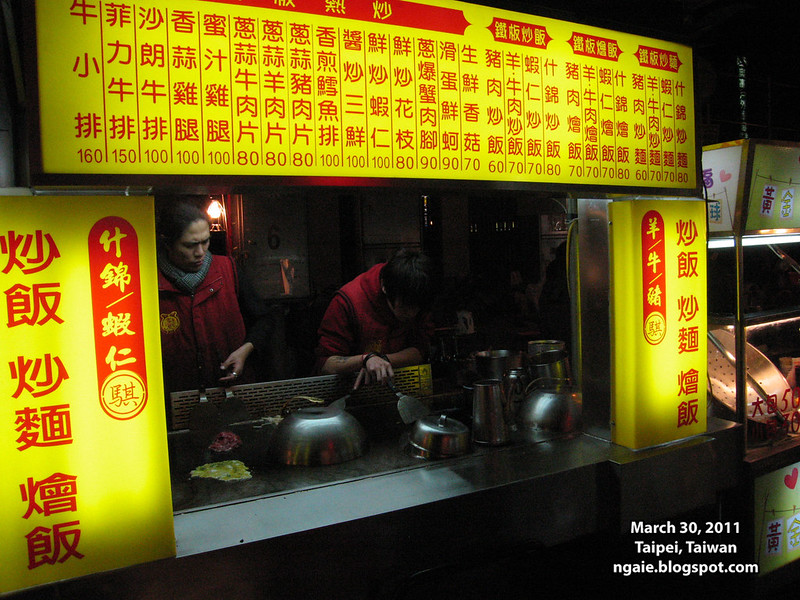
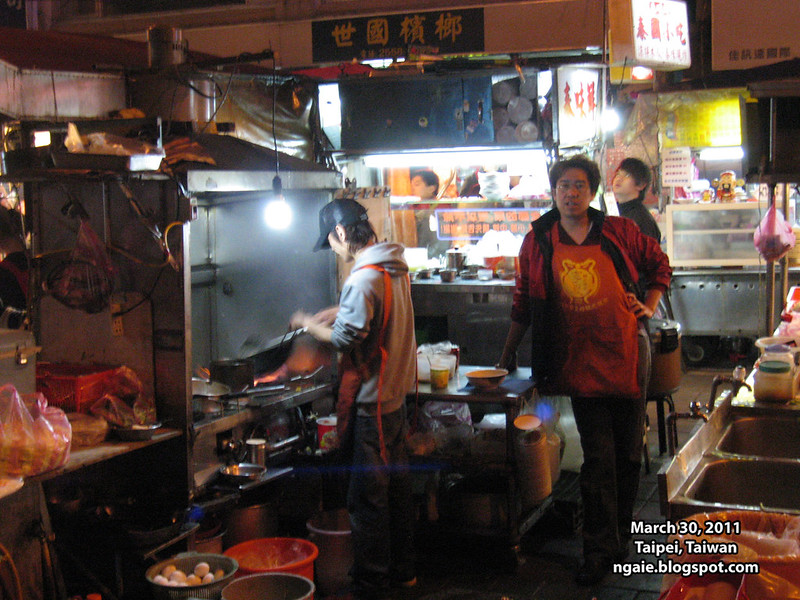
...to more braised assorted meats and intestines!
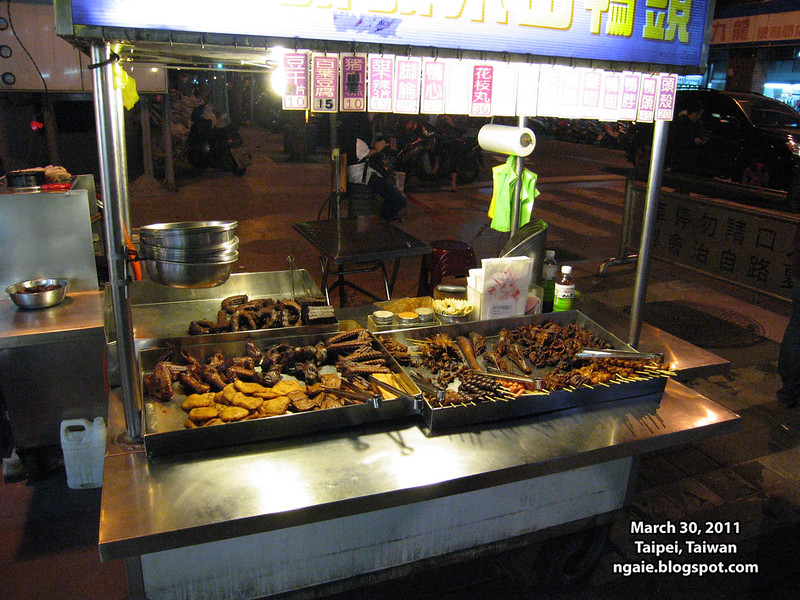
After eating, some entertainment for the kids.
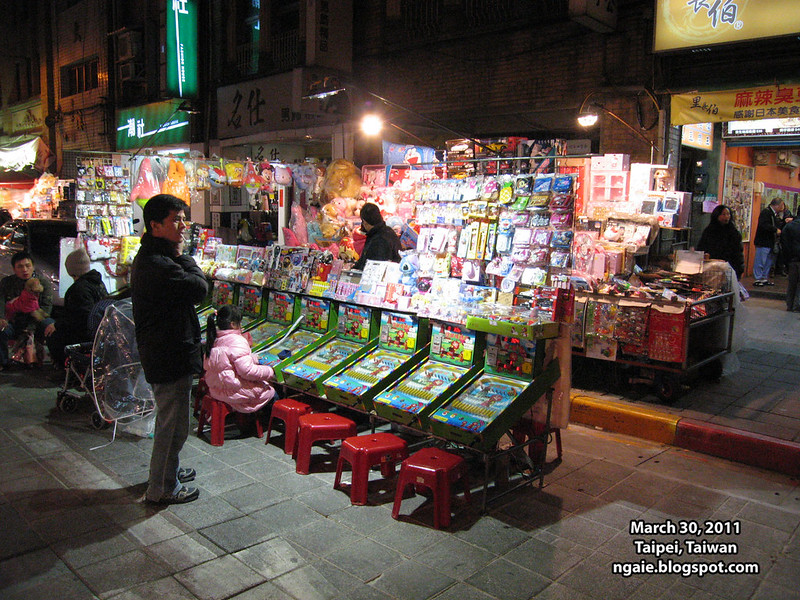

0 comments:
Post a Comment